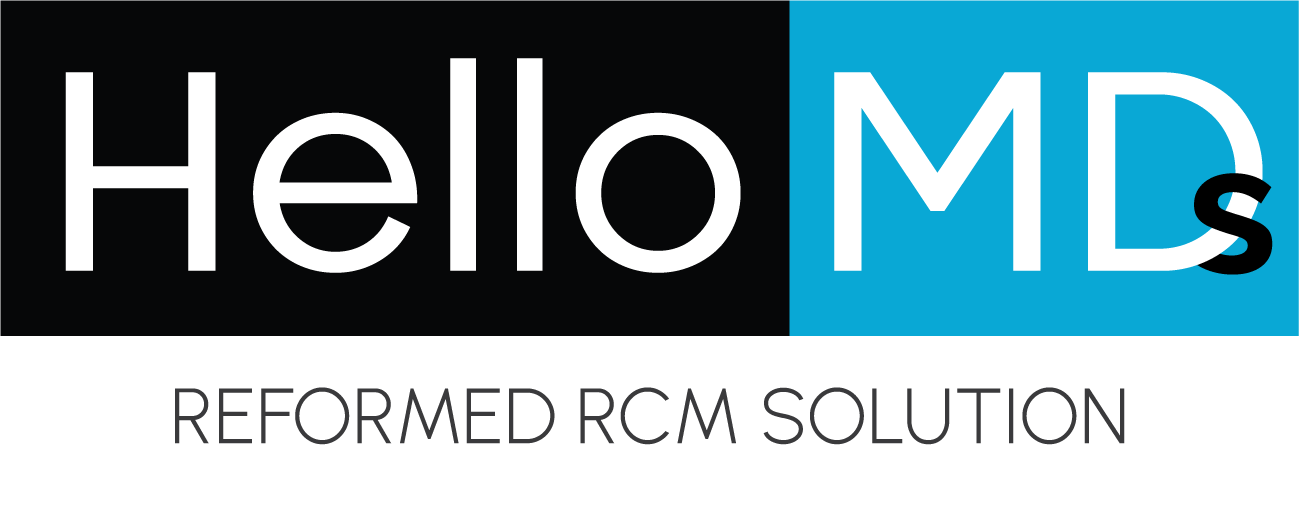In the continually changing healthcare environment, focusing on patient care is extremely important. However outstanding care cannot be achieved without effective processes in place, the processes which ensure proper payment for services. With changing regulations and reimbursement models, it is essential for healthcare to keep a robust process of revenue cycle management (RCM).
Here are some best practices to help you maximize your RCM efforts.
1. Collect More Information Upfront
Patients are important members of a modern healthcare system as payers. Collection of all personal details from the first contact, preferably before the appointment, constitutes the platform for sound claims processing. This can lead to an overall easy revenue cycle management.2. Aggregate Patient Data
As insurance regulations evolve, it’s crucial to implement an RCM process that aggregates all patient data. This will provide valuable benchmarks and analytics that can enhance your operations. Sometimes, focusing on expenses is just as important as increasing income. Easy-to-read financial reports enable management to identify cost-reduction opportunities while maximizing revenue potential.3. Increase Efficacy with a Single Provider
It’s better to consolidate revenue cycle management, rather than hiring multiple vendors. Separate vendors for different RCM services only make the process inefficient and complicated. Visualize combining all your revenue cycle management in one vendor that offers services such as eligibility, claims management, and patient payment. A single system makes the workflow seamless increases staff efficiency, and clarifies the billing process to patients thus creating a better awareness about their responsibilities for payments.4. Collect Patient Payments at or Before the Point of Service
Collecting patient payments is one of the toughest things to do, but maintaining cash flow is essential. Knowing Medicaid and Medicare eligibility and what their options are will also help. This can help in educating patients about billing and enhance your patient experience. Discussing the payment options beforehand may give your patients a better understanding of their financial responsibility. So, when the payment is due or deductibles go up, they already have an idea about it. Also, consider offering payment plans for non-emergency services to make it easier for patients to settle their balances.5. Track Claims Throughout Their Lifecycle
Revenue cycle management best practices also include monitoring claims from submission to payment is vital for identifying reasons for denials. Verify insurance eligibility at the start to ensure accurate billing. Analyzing claims denials is a vital part, as this can reveal trends or errors. Thus, helping you make necessary adjustments to prevent future revenue loss.6. Implement Staff Development Programs
In order to reduce denied claims, it’s important to ensure accurate coding and processing. Regular training programs for staff on coding techniques, chart documentation, and financial policies can minimize errors. Ongoing education not only decreases medical mistakes but also fosters employee retention by enhancing job satisfaction.7. Keep Improving Performance
Even a well-functioning revenue cycle needs continuous improvement. Maintaining your current standard is not enough, try to keep improving your performance. Use your data to uncover opportunities for increased earnings and cost savings, such as reducing denials, cutting expenses, and minimizing bad debt. Keeping your staff happy can also help you achieve better results.Check out more about HelloMDs medical billing services here.

